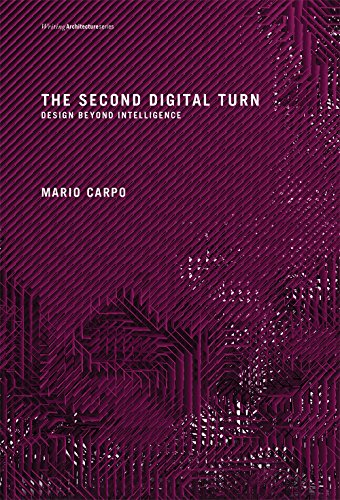The Introduction:
The field of architecture has always been in a search for new tools in order to design and construct building in a way that they are more complex, efficient, aesthetic, cheap and easy to build; the search is always going on and it will continue to explore more. Mathematics and geometry have always been considered as advanced solutions for creating complex forms but after the development of the Information Age, mathematics were carried into another level called digital technologies. These digitally-driven changes reshape the perspective of architectural practices which are becoming more genetic algorithms (Kolarevic, 2). Evolution of digital design and fabrication follows the chronological order of important inventions such as alphabets, logarithms, taxonomies, Gmail which has an engine that is searching rather than sorting, small-data compression, splines and NURBS which are embedded in CAD/CAM software, additive and subtractive fabrication tools (Carpo, 58-61). Architects and designers are one of the group of people who developed and experienced digital simulation and fabrication. They imagined the future of digitalization of things and adapted them into the field of design (4). Currently, digital tools are able to expedite and enrich the design process by offering more sufficient production and computations for optimized structural behaviors; customization of products; and finally possibility of design for everyone from any kind of profession; on the other hand, they generate the notion of alienation which conduces to feeling of discomfort caused by detailing digitally and computation without thinking.

The Conclusion:
Digitals tools started to dominate the field of architecture and design because they are much advanced and practical, on the contrary there are limits in capability of human to design, compute and fabricate. After Industrial Revolution architects started to use new tools for constructing while they were using the same old architectural language for their designs. However, in time computers are developed and they became more intelligent that they can think and solve problems in their own ways without any human intelligence. In some cases, designers or in these cases anyone, they need to input only some data, and software will optimize the structural behaviors and they will find different solutions for each situation. Although, it makes everything much easier and advanced, they do not think as human beings do. Therefore, the result can be seen alien because it is not the product of thinkers whose minds are separated from the tools of computation. However, this image and perception of alienation depends on how the architect is using this tools and for what. If the thinker is the human and the computer is just a tool to calculate, optimize and fabricate, the result can be significantly efficient and product of the thinker. When the digital tools are used properly, they can shape the future of architecture and design excellently.